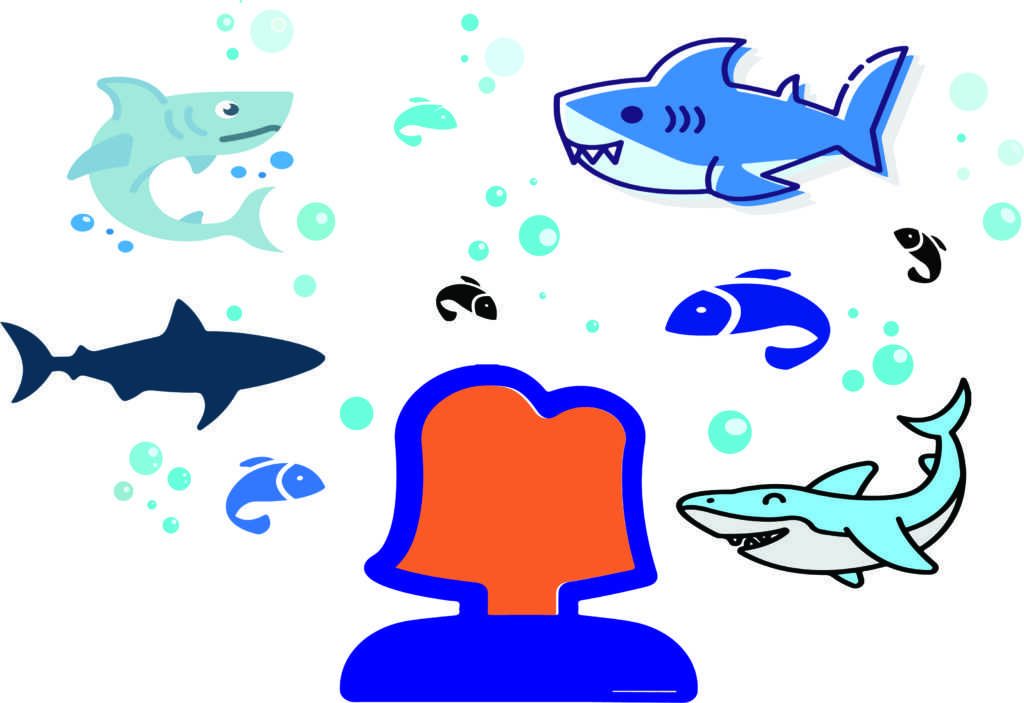Typically, when a book starts with an introduction of its characters and a following tragedy, I don’t feel any sort of connection or reason as to why I should care about what devastating event had occurred. Even if the book begins to slowly make a connection, the chapters read previously tend to lose their luster, desensitizing the meaning behind whatever happened in the canon past.
However, Kate Allen’s national bestseller “The Line Tender,” published in 2019, is a phenomenal example of a well-written bittersweet story, portrayed in a way so that the reader feels somewhat connected to the characters at the start and voyages on a journey with the protagonist, rather than just watching them from an elevated vantage point.
The plot, while rather ambiguous and less goal-driven, covers the summer that 13-year old Lucy Everhart experiences. The readers are first introduced to Lucy and her best friend Fred Kelly, where they find a washed up shark on the shore. Upon facing the dead shark, Lucy’s unwanted memories of her passed mother resurface, as her mother was previously a well-known, enthusiastic marine biologist. As Fred’s interest in science urges the duo to pry further into the details of sharks and the unusual circumstances of the sharks going closer to the bay, tragedy strikes, leaving Lucy not quite alone, but empty and grieving.
Fueled by the desire to continue Fred’s and her research at all costs, Lucy embarks on a journey to connect with many of her mother’s past colleagues and to resume her mother’s research, which had been halted following her passing.
Although the plot and direction of the book are rather muddy, the book still excels at hooking the reader. Allen expertly uses Lucy’s interactions with her dad and neighbors, along with a sort of quirky, playful language to entertain the reader.
There is also a lot of symbolism, with one example being Lucy’s appetite loss. Her aversion to eating and swallowing followed the tragedy, and as the story progresses, she begins to gain back her appetite, ending with her confidently eating dinner with her friends and leftover family. Her progress in eating represents her coping with grief, eventually learning to accept it and move on.
The one thing, however, that makes me really enjoy this book is the way that the characters are portrayed as 3-dimensional characters with no certain characteristic or stereotype. By creating more realistic and personal characters, the novel felt more sentimental to read.
I would recommend this book to those who enjoy a more laid back but entertaining read. While not action-packed nor suspenseful, there is a lot of build onto the personalities and dimensions of every character, making you feel really close to them.





























